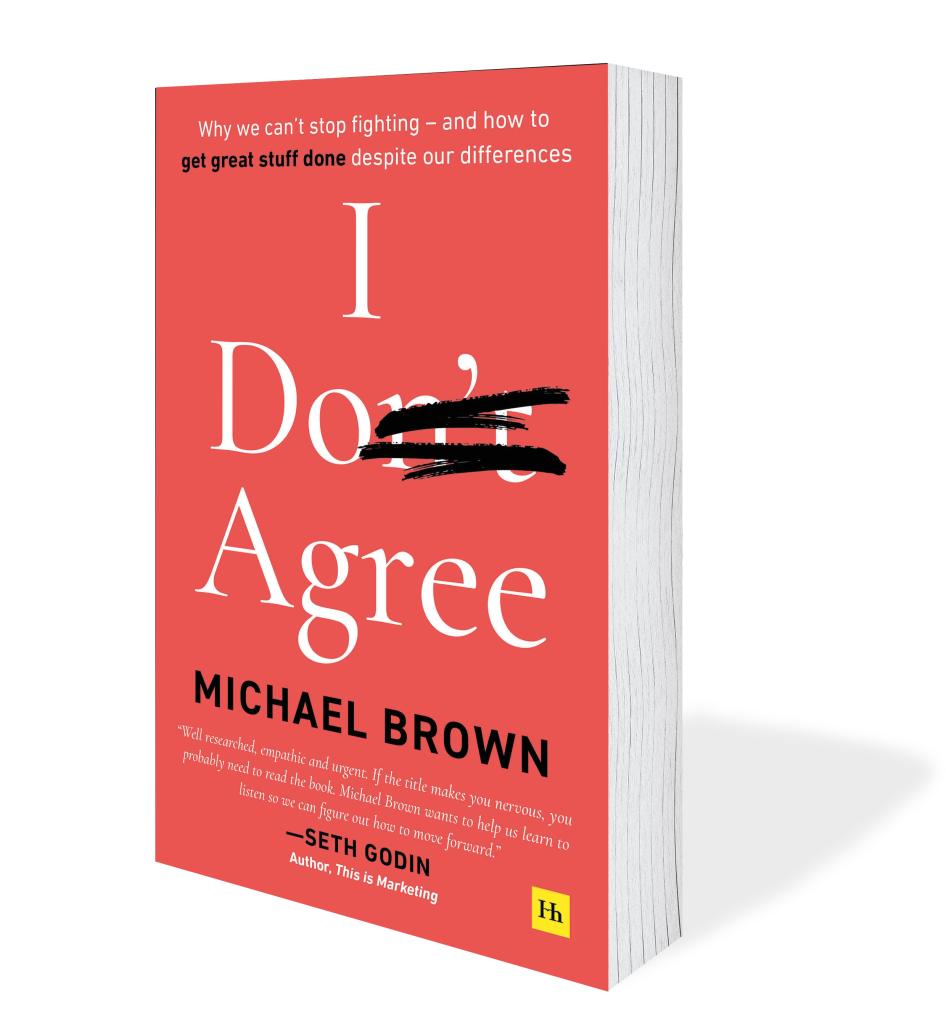Pride has a universally recognised full body display. Even people who have been blind from birth use it – which shows that it’s instinctive rather than culturally learned. On any given Saturday afternoon this display, all be it in a highly exaggerated form, will be instantly familiar to football fans and footballers at every level of ability. It’s described as an ‘erect and expanded posture’ accompanied by a gaze which is directed squarely at the audience. Or at the TV cameras for those playing at the highest level.

It’s this display that generates knowledge amongst the audience that here is a person of value. In a 2017 paper called Cross-cultural regularities in the cognitive architecture of pride (Sznycer D, et al.) this interaction between the individual and the group is referred to as the advertisement/recalibration theory; The individual advertises his or her achievement with the pride display. The audience equally instinctively react to that display to evaluate or re-evaluate their esteem for that person.
The researchers found that the strength of the internal feeling of pride and the corresponding strength of their audience evaluation could both be anticipated in advance by an individual when considering various courses of action that might increase their group status. Making pride, that tricky much maligned emotion, an important factor in making those life choices that will get you support from your community and help you prosper. Useful.
Here’s the tricky bit – the value of your esteem can go down as well as up – a bit like shares. Which is a perfect metaphor. Your value to the group can change dramatically dependent on your reaction to ‘market’ conditions, and how expert your response was. In primitive society those market conditions might have been how an individual deftly brought down a large prey animal for the group to feed on. That person would have been invited to join other hunts and his or her esteem would have continued to rise, providing performance was maintained at similar quality. Even back then you were only as good as your last job. A reverse recalibration of esteem inside the group would occur if the same individual had messed it up completely, costing someone else an injury or the animal to escape. Or you just rub people up the wrong way. Learn how to use Pride to your advantage in a negotiation or disagreement in I Don’t Agree…
“In a world where rage is all the rage, here’s a manual for how we can agree to disagree and move forward. Written with hope, heart and a very welcome sense of humour.“
Victoria Harper, Features Director, The Daily Telegraph.
“Who would have thought that a book about disagreement would be such fun? Brown’s thesis, zestily delivered, is that conflict is absolutely necessary in any kind of group, but we tend to be rather bad at it – shouting matches and shrinking violets never solved anything. I Don’t Agree navigates the barriers to constructive dialogue and challenges preconceptions of what a healthy culture looks like.”
– Adam Gale, Editor, Management Today.




Leave a comment